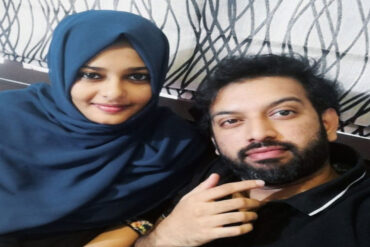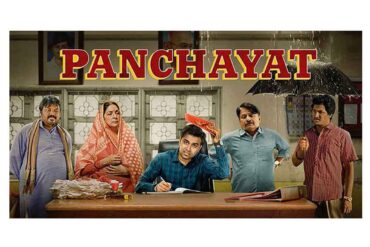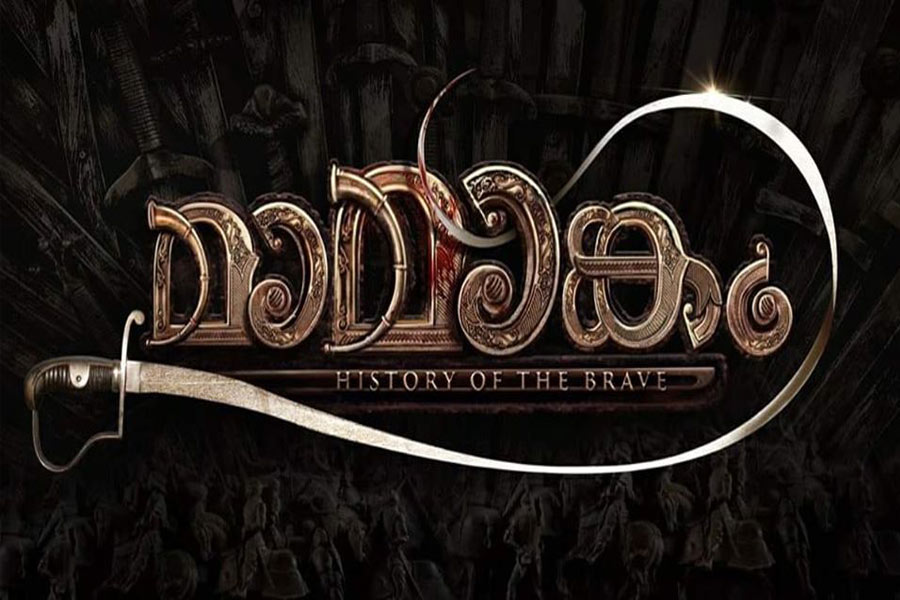The film Mamangam, for all its purported adherence to historical veracity, contains problematic bits related to the depiction of extreme torture/violence perpetrated on a female protagonist. The above mentioned sequence seldom features in any reviews or critiques. This is perhaps owing to the non-sexual, non-gendered nature of its violence. While the scale of the film is epic, the content it depicts is avowedly historical. It narrates a tale of valorous Kamikazes in medieval Kerala out to ritually annihilate the king, the Zamorin of Calicut.
For all its swords and sandals pretensions, the movie revolves around a medieval house of pleasure and the murder of a royalist foreigner there. (The landscape is familiar to anyone who follows medieval history). The ensuing shenanigans comprise the rest of the story. Unnimaya (played by Prachi Tehlan), one of the main female protagonists in the movie, who, is a danseuse, is interrogated regarding the murder of the royalist alien by a female torturer during the investigation. Her plucked out fingernails are shown in a sequence.
As the torturer also happens to be a woman, there is no conspicuously gendered violence per se being depicted on screen. The nature of the exploitation is also not sexual in nature. Audiences are familiar with the medieval ecosystem of the bizarre and the macabre, owing to movies like Padmavat and TV-series’ like Game of Thrones. But is there a vicarious, sadistic pleasure to be taken in the torture of a woman?
In the movie A Touch of Evil by Orson Welles also, the sadistic physical abuse of a woman is depicted. Despite that, the movie has attained cult status and is even taught in courses on film noir in universities. The film noir universe is, in fact, littered with instances of such torment inflicted on femme fatale figures. What is detestable about such gratuitous violence is that most of it is assumed to have been deserved.
In novels such as Fifty Shades of Grey, and movie adaptations thereof, consensual-yet-abusive relationship between a hapless student intern and her domineering partner is depicted with titillating effect. A 1986 Malayalam movie on teen love, starring Vineeth and Monisha, even bore the title Nakhakshathangal (love marks) even though it had very little erotic content.
Malayalam cinema, which was undergoing a crisis at the turn of the millennium, depended upon a slew of soft porn films to sustain itself. These films had titillating interludes that were interspersed with some narrative content. The soft porn wave alienated a section of the movie-going public, especially the family audiences. With the emergence of multiplexes and the advent of a new generation of film makers as well as viewers, this seems to have been stymied.
But what was once deemed pathological and perverse have made their way into mainstream cinematic entertainment in dubious ways. Bondage, Domination, Sado-masochism, Femdom and such esoteric sexual practices have made their way into memes, comics and other mainstream sites of media consumption. Such sub-cultures make their way into the mainstream entertainment scenario, once a threshold is breached.
That a society which produces violent films (Arjun Reddy is a case in point) also perpetrates such violence, is only logical. Film studies scholars Darshana Sreedhar Mini and Anirban Kumar in their research article on Indian adult comics say that “the surreptitious pleasure that is associated with the consumption of erotic material is also marked by India’s obscenity laws that disallow the production and circulation of sexually explicit material. It is part of the logic of occlusion or partial visibility that lends pornographic cultures their ‘footpath’ or ‘underground’ nature. Laws against pornography translate moral anxieties into legal dictums that further marginalize sexual cultures in the region of the foot path.”
Thus legal restraints are mere reflections of our moral anxieties and can be circumvented, and they even provide the locus of enjoyment for such productions. Mamangam, for all its blockbuster popular appeal, projects itself as a ‘class’ movie. The medieval nature of the torture and the glee with which it is accepted sans compunctions is problematic to say the least.
Michel Foucault in his infamous Discipline and Punish presents the unreadable narrative of the torture of a regicide. Foucault also classifies the torture as a three-step procedure. In the first, pain is inflicted. In the second, pain is amplified to such an extent that it saturates the body of the victim and become visible to those viewers of this spectacle. In the third and final stage, the inflicting of pain is identified with power. Public executions, gibbets, stocks, and the like, were examples of such mass spectacles of torture, pain and power. Cinema as a spectacle also treads upon such territory.
The Slovenian philosopher Slavoj Žižek opines that if you cannot bear to see something depicted in the world of art and literature, then the same will have to be borne in real life. This means that cinema and the arts function as a sort of safety valve to the baser impulses that a society nurtures as it by-products.
But the success of films like Arjun Reddy that are grotesque pantomimes of masculine violence, apparently did not act as safety valves for Telugu society, but rather created a new normal of sexual violence that perhaps goaded on perpetrators to grotesque medieval violence. Actors across movie industries have taken a staunch stance against such cinematic chauvinism.
Mamangam at its heart contains a message that is non-violent. The gender-bending role of the central character played by Mammootty is supposed to destabilize power structures. There is a great deal of delectable historical detail that is weaved into the narrative. Yet, gender violence smuggled into the medieval landscape in the process sticks out like a sore thumb.






